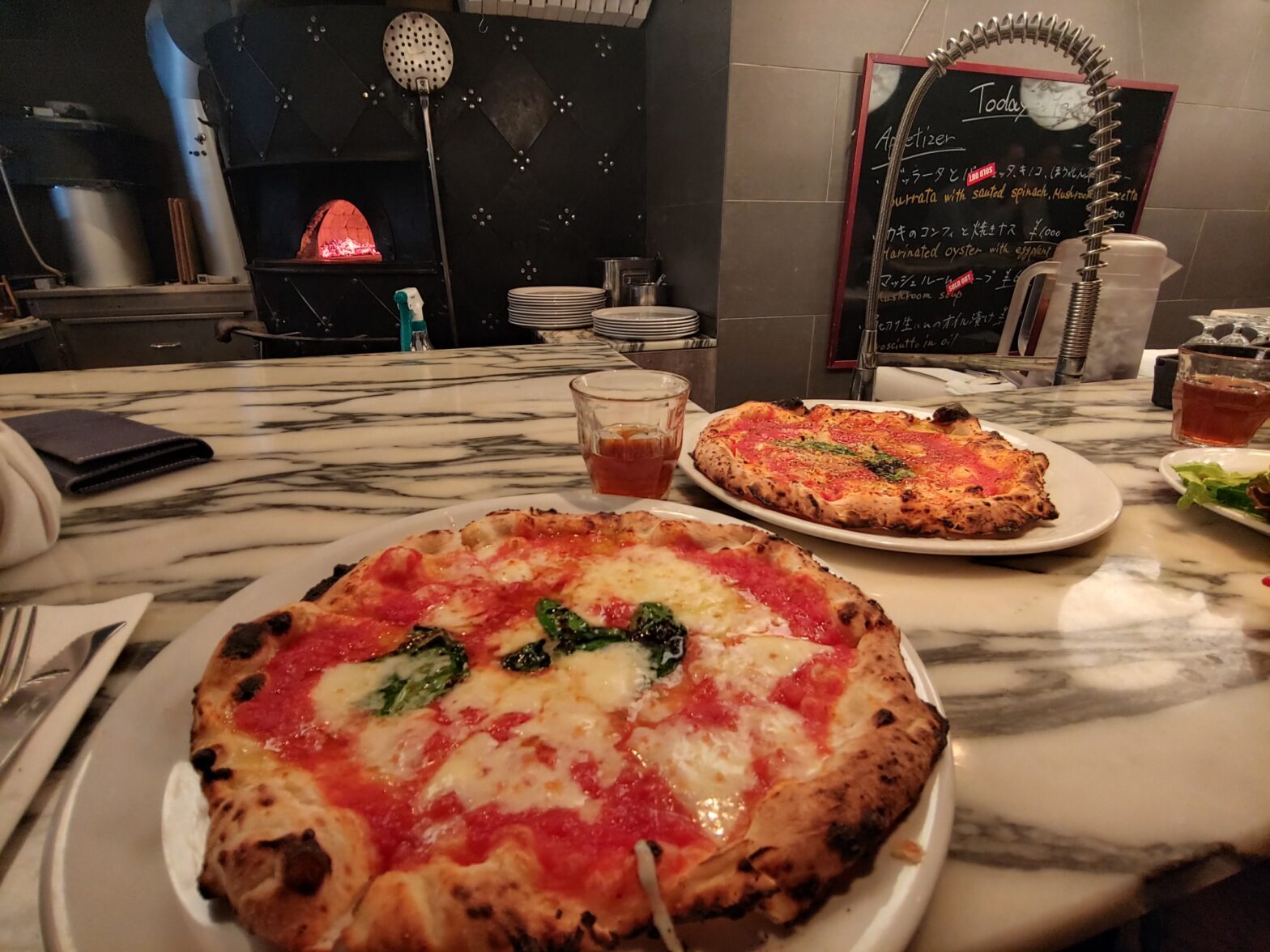It’s very easy to idealize and cherry pick from the past, but it feels like quality used to be a metric that people cared about, and now it feels more like a buzzword that is used for marketers to use for products that generally aren’t of very high quality. That strategy seems to have worked, because it feels to me like many people don’t understand what quailty is or care about it. Often those who claim to care are found buying things that aren’t actually of high quality
The first question, then, is whether quality even matters. Is there any point in getting a high quality chair versus a low quality chair? Do high quality clothes matter, or should we just get low quality clothes and replace them when they wear out?
I think that these are fair questions and that there is no universally right answer. The glue gun I have in front of me on my desk is a low quality glue gun, but that’s perfect for me. I need to use it once or twice per year, don’t really care about the experience of using it, and may not have bought it if it were higher quality and thus more expensive. I think, at the very least, there is a place in our society for low quality goods.
It’s hard to define quality, but I think it’s easiest when we think about a spectrum.
On the “not of quality” side, we have products that were made with price as the primary motivator.
When food makers design for fast food outlets like McDonalds and Burger King, their main goal is to get the price as low as possible. Within the range of cheapest possible items, they will combine them for flavor and appearance. But even though they advertise one the great taste and freshness, we know that those were secondary concerns in the creation.
Things of quality are made with function and experience as their primary motivators. In our hamburger example, they would use blends of beef that have better flavor and mouthfeel, and maybe even better raised cows so that people feel good about eating them and receive better nutrition. A cheaper tomato would be overlooked for the one that adds the right umami and acidity to the burger. Roam in San Francisco is a perfect example of this process. Their burgers cost $12-15, but are excellent down to each individual ingredient.
Fake quality tends to start with okay or even good quality, but then adds elements to it that drive up the price without actually making the experience or function any better. In our hamburger example, we can think of those restaurants that add foie gras, black truffles, caviar and then a leaf of gold. Gold does not make hamburgers taste better and is a prime piece of evidence that the creator is trying to signal higher quality than they are actually providing.
One of the highest quality items I own is a 1999 Bentley Arnage. It is a little bit over the top, but all of the ways in which it is over the top make the experience better. The headliner (ceiling) of the car is made of leather that is from cows which have never been in barbed-wire enclosed pens, so that the leather has no nicks on it. It’s much more pleasant to touch and look at than the polyester stuff most cars have. The dashboard is hand finished wood and leather, not fake leather and fake wood like most cars which try to signal quality without actually possessing it.
On the other hand, I consider my Dodge Caravan to be high quality. It was built for maximum utility, and while it has a cheap polyester headliner, the engineering that enables it to easily accomodate different loads of people and cargo is excellent.
High quality items don’t have to be expensive, though. Lots of my travel items, like my Wool and Prince shirt or my Minaal bag are made by people who care about quality. The shirt performs well in every climate, stays clean, looks good, and is durable. A polyester synthetic shirt would claim to do the same, but would do it worse than the wool shirt.
Why does any of this matter? Well, when the items you use are high quality, they perform their function better and with less friction than lesser quality items. I have a good shirt, so I don’t have to think much about weather or washing. I know my backpack won’t break. I eat at Chipotle, so I get good nutrition for a fair price with great consistency.
Quality items make your life easier, they make your tasks more enjoyable, and they remove friction from your life. They often cost more up front but last much longer and thus have a lower cost overall.
###
Picture is pizza from Savoy in Tokyo. It’s the highest quality pizza I’ve ever had (go to the original location, not the Tomato&Cheese one pictured here)
Speaking of quality… the gear post IS coming. As often happens, I find some good stuff last minute that slows me down. Maybe I will have a hard cutoff date next year.

Leave a Reply